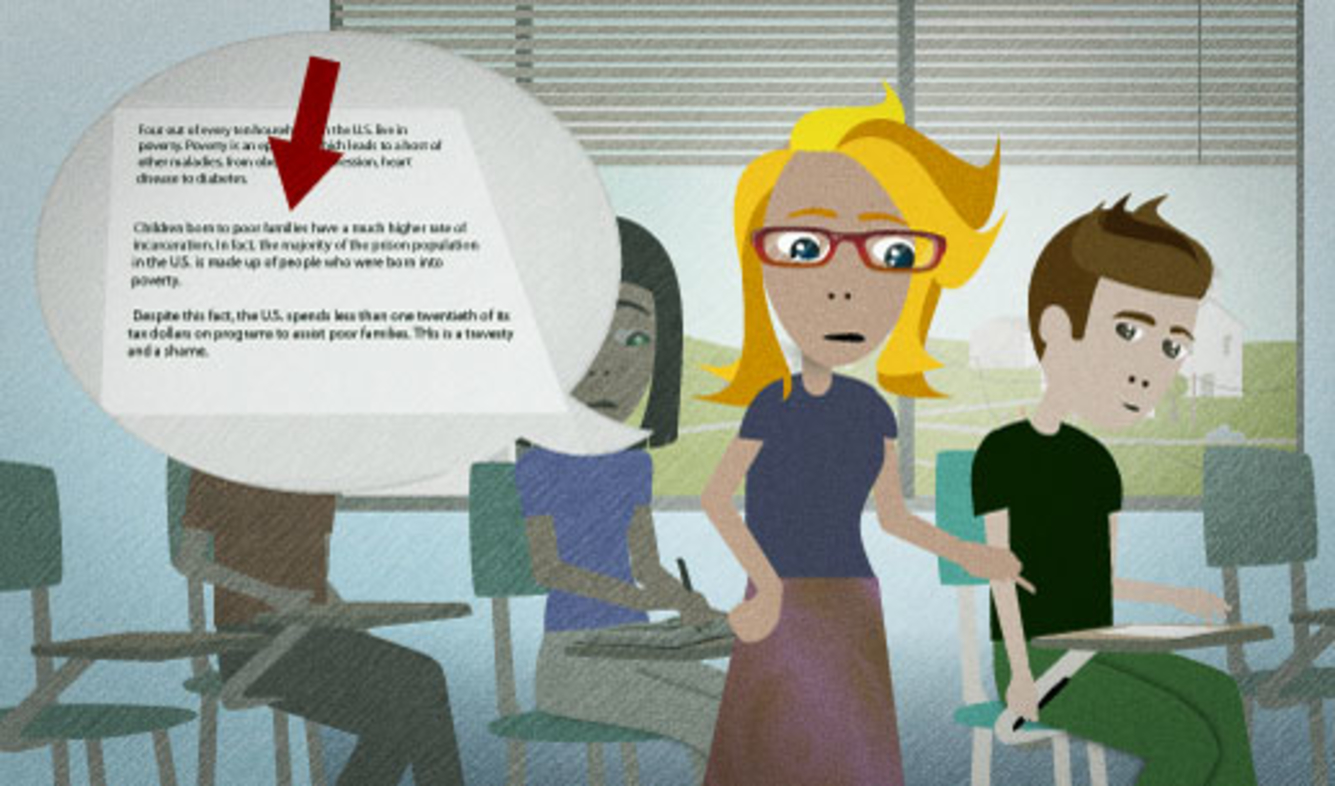“Try to flesh out that first point a little bit more.”
You're checking one of your students' essays. One of the sections of the essay isn't very convincing because the student didn't explain himself very well. You want him to write more. You say this.
Try to flesh out that first point a little bit more.
Want Video and Sound? Follow us on YouTube

try to (do something)
You may have heard that there's a difference between "try to (do something)" and "try (doing something)". In general, you should talk about a goal after "try to ___":
Try to get there by 10:00.
I try to make everyone feel comfortable when I host a party.
And talk about a method to reach a goal with "try ___ing":
I can never sleep on an airplane. I've tried listening to relaxing music, taking sleeping pills, staying up the night before. Nothing seems to work.
flesh out (something)
"Fleshing something out" means adding details, explanations, information, etc. to make something more complete.
Here are some of the main things that you can "flesh out":
- flesh out a character (in a story)
- flesh out a decription
- flesh out an idea
- flesh out a point
a point
When you're writing or speaking to convince people of something, you "make points". A "point" is basically one idea that you want people to believe or understand. Communicating one of these ideas is called "making a point".
In one speech or essay, there are usually several points. Traditionally, people try to make three or more points which all support one "main point" of the writing or speech.
For example, if I write a blog post about why memorizing English phrases is a good way to learn, I might make a few points:
- you can learn how different words fit together
- it's easier to picture and remember words in phrases than by themselves
- it's a good way to avoid mentally translating words into your native language
Each of these "points" might contain smaller points as well.
This is why, when someone says something smart, people say"
Good point.
